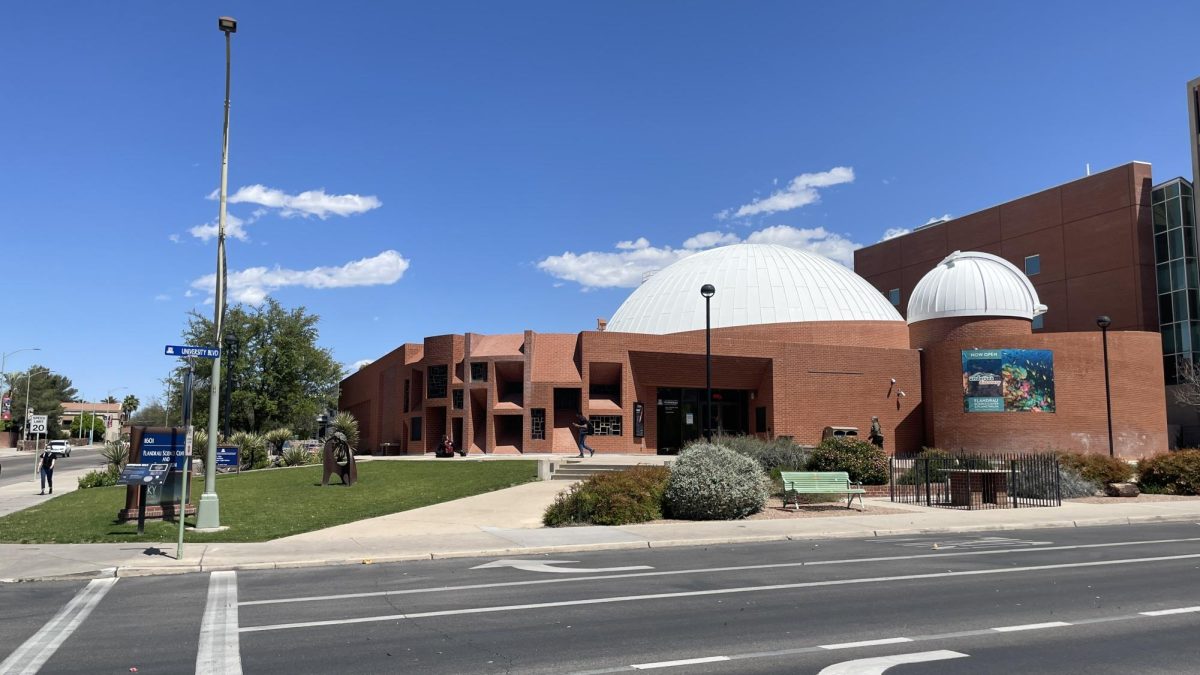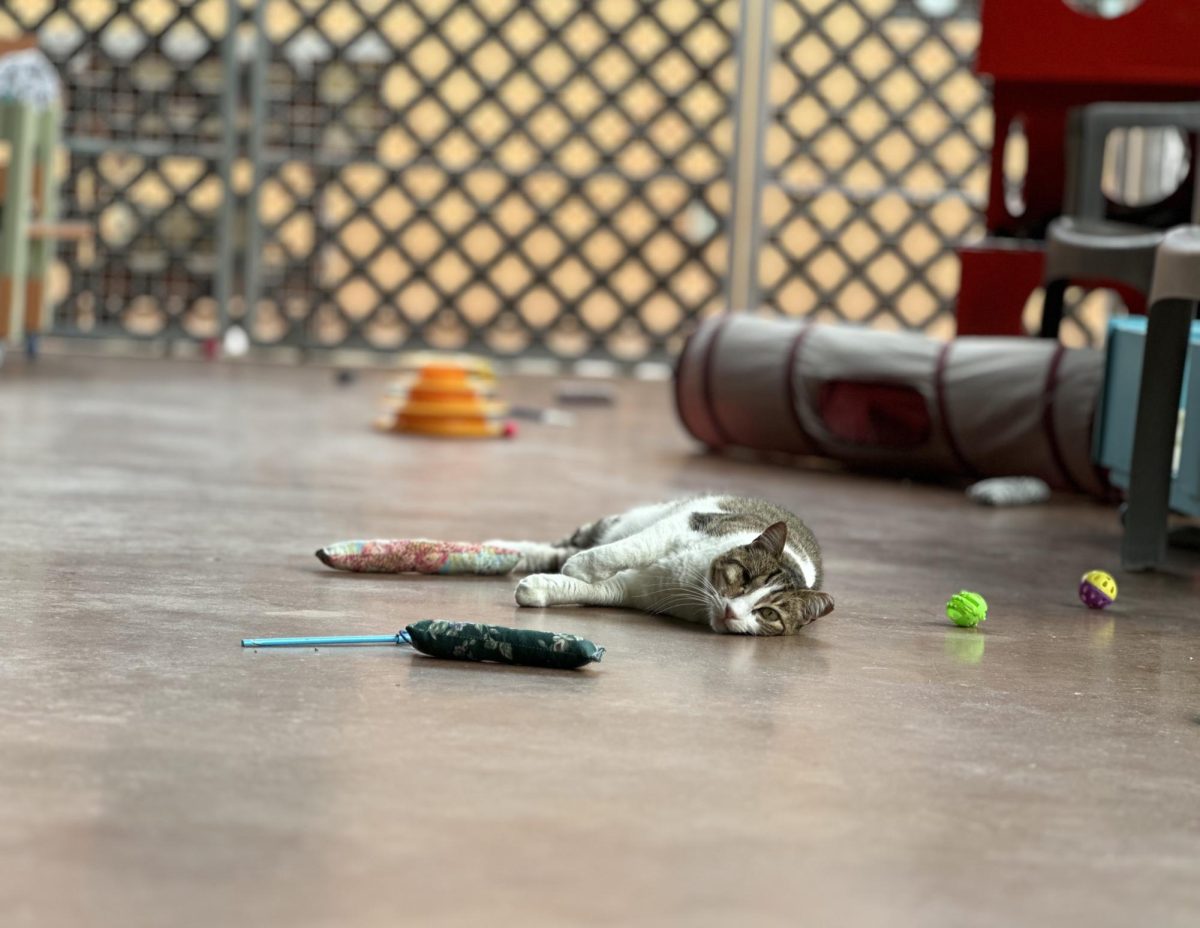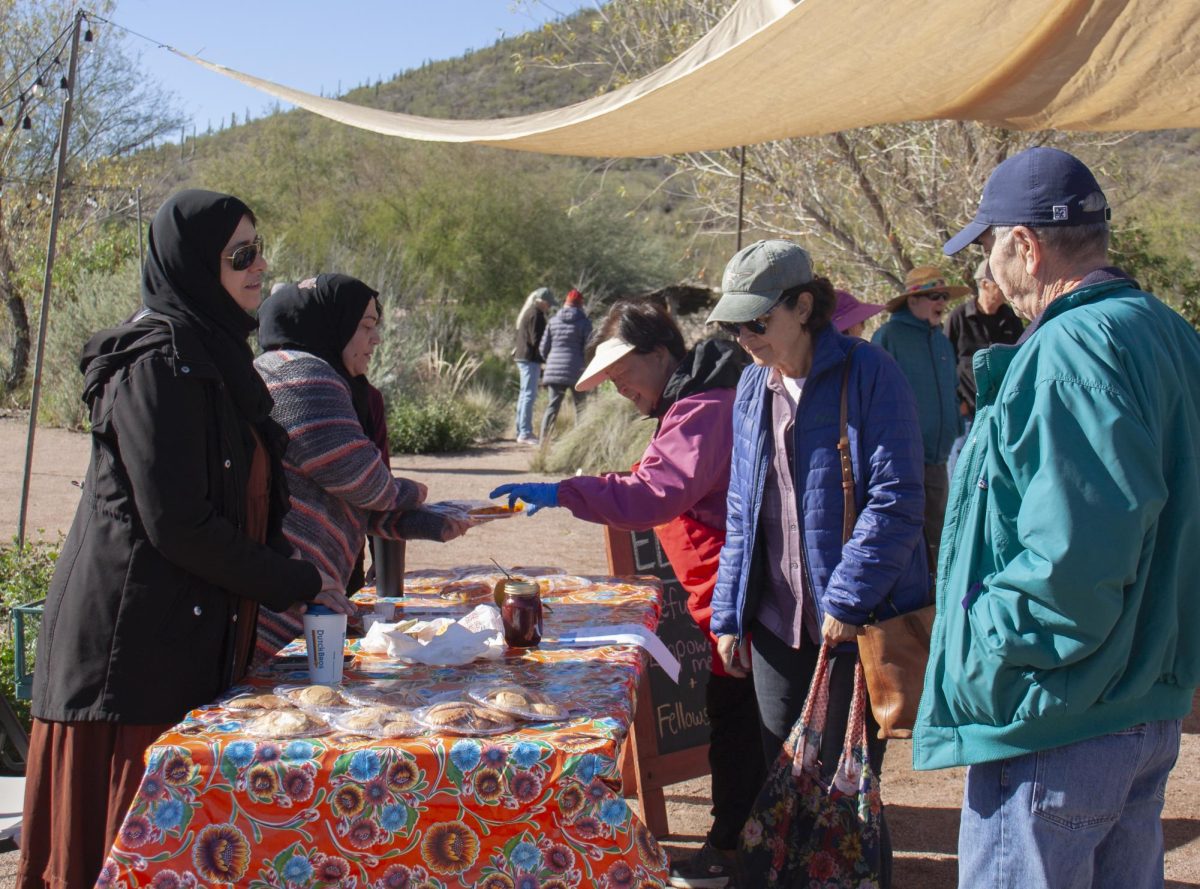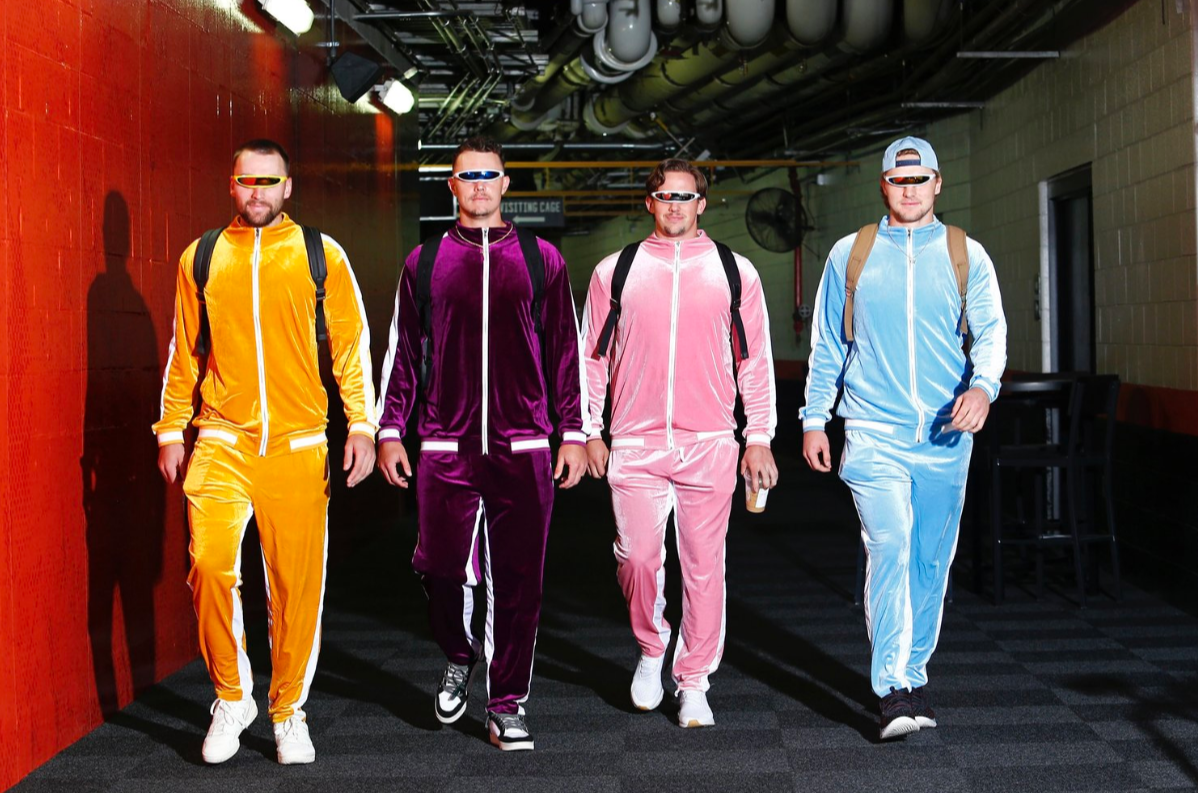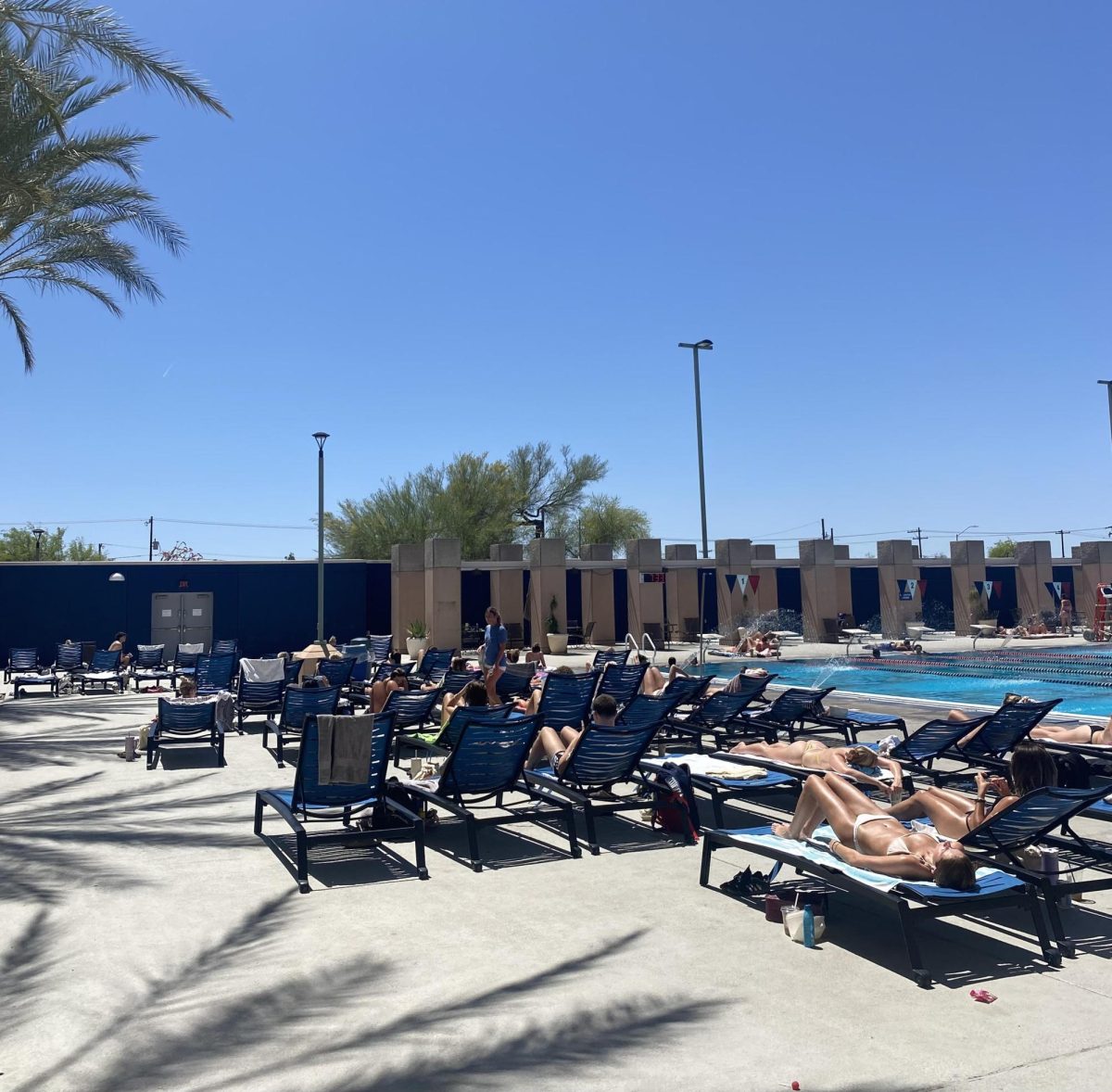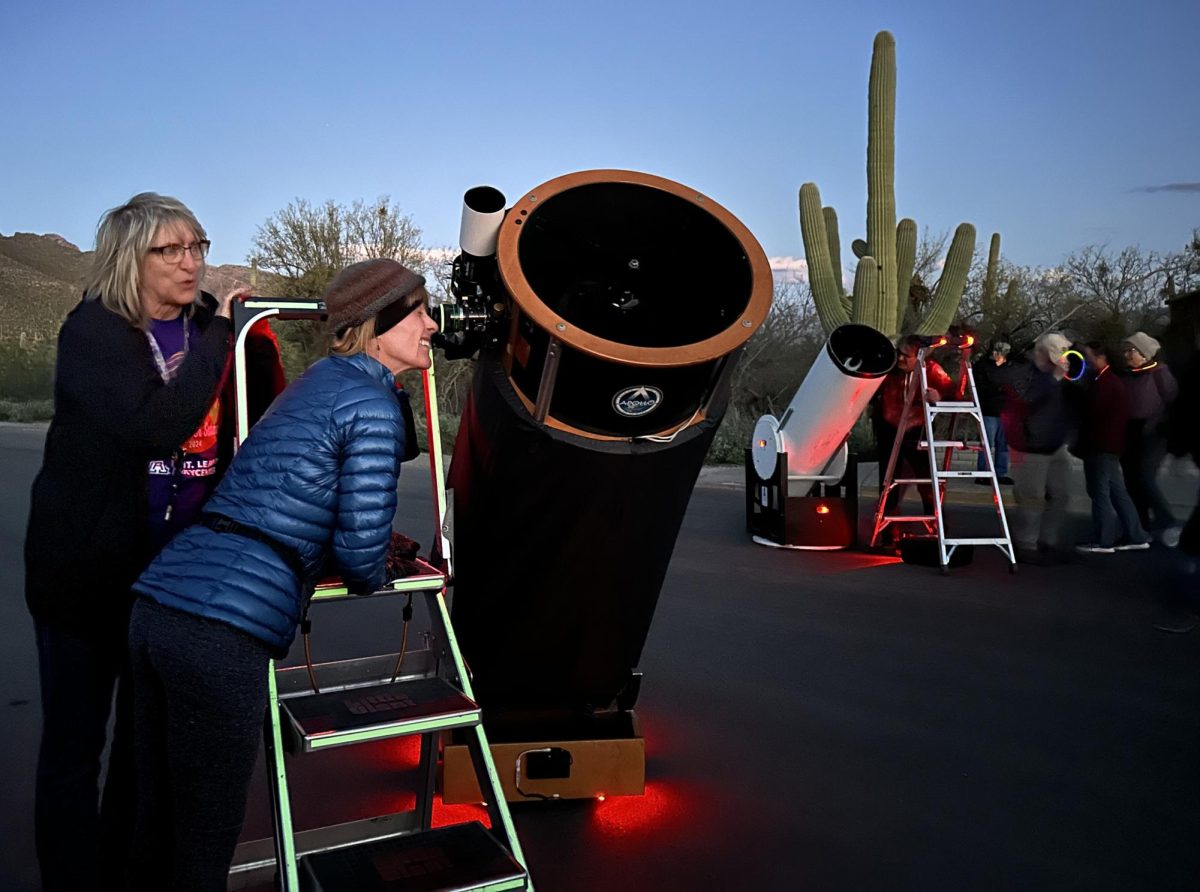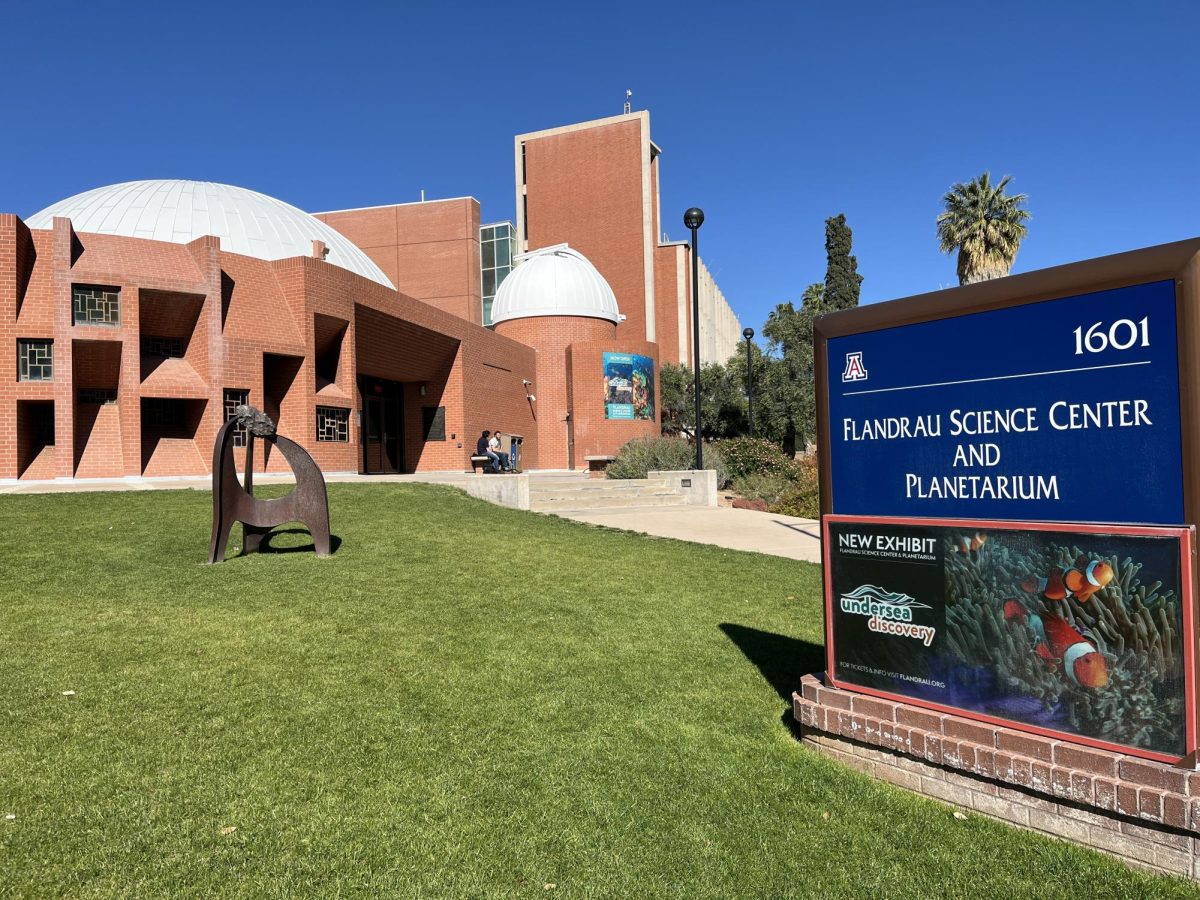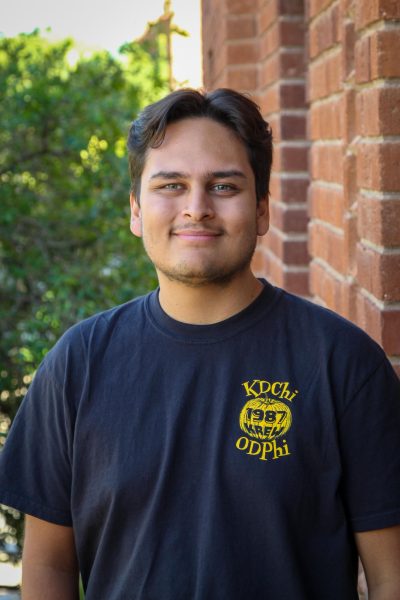The countdown is on to Monday’s total eclipse, which should be visible in the Dirty T between 10 a.m. and 12:36 p.m., with the best view at 11:19, according to the Tucson Amateur Astronomy Association.
Officials everywhere advise viewing the eclipse through “special” eclipse glasses, but what does that actually mean?
“You want to make sure that it’s not just regular sunglasses or anything,” said Lucas Snyder, a planetarium technician at Flandrau Science Center where you can get those glasses for $2 a pair. “You have to have ISO certification.”
That means you need to have glasses that meet the ISO 12312-2 international standard for a safe viewing experience. In other words, glasses that will protect your eyeballs should you look directly into the sun during an eclipse, even the partial eclipse (75% coverage) we’re getting.
If you’re looking to view the eclipse but don’t feel like coughing up the two bucks for the safety glasses you’re only going to use once, we got you covered. But first, what would happen to your eyes if you decided to try to stare at the eclipse without any protection?
“If you looked at the eclipse without any protection you would burn your retinas, which would cause scarring and leave permanent blind spots,” said Dr.Jennifer Bodley, OD.
With naked eye viewing ruled out, what else can you do if you don’t feel like going blind?
“There is a way that you can view it using what’s called a pinhole camera,” Snyder said. “Or you could just have just a piece of paper with a tiny hole in it, and you hold it up and as the light goes through, it makes an image of the sun on the floor.”
The pinhole camera viewing technique is easy enough to recreate with just a box, some foil and some elbow grease. All you need to do is cut a small square to put the foil on, then poke a hole in the foil. The tiny hole will project the image of the eclipse on the other side of the box.
An additional viewing method that requires little to no effort and one piece of equipment is the telescope/binoculars method. All you need to do is point the lens at the sun, and it will appear projected through the other end of the scope. Please do not look through the telescope while it’s pointed at the sun. See earlier explanation about burned eyeballs.
Finally, if that’s all too much for you, the Flandrau Center will just be hosting a viewing party with telescopes out on the UA Mall for free.
While most people will be excited just to see the solar phenomenon of the eclipse, for the people of the Navajo Nation, the eclipse is sacred.
“We stay inside and aren’t supposed to do anything. No eating, drinking, looking out the window or sleeping,” explains UA student Desbah White, who is from the Navajo Nation. “I was taught it’s a sacred time where you reflect where you are as the sun and moon renew, and you pray for your wellbeing. ,” said Desbah White, a student from the Navajo Nation. After it’s done, you’re supposed to wash yourself with corn pollen and drink water first.”
So what you do for the eclipse could be anything from staying inside to looking at the sun in the various safe methods. Monday’s eclipse might end up feeling like a once-in-a-lifetime occurrence. The next time it happens in the U.S. will be 2044.
Arizona Sonoran News is a news service of the University of Arizona School of Journalism.



